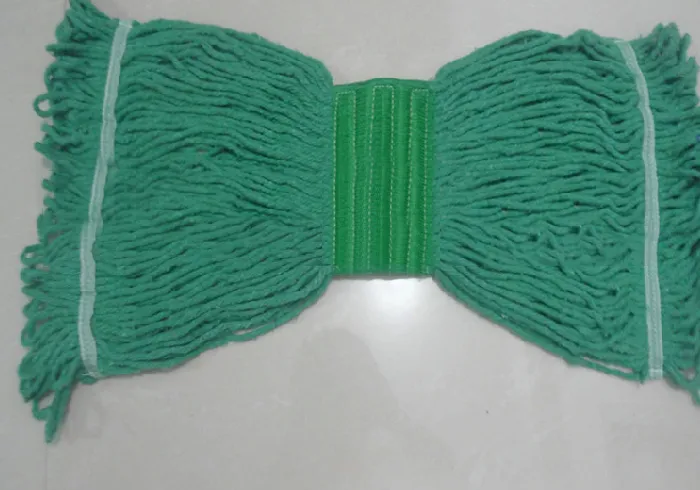sewing with thick thread
Sewing with Thick Thread Tips and Techniques for Success
Sewing is an art that has been cherished for centuries, allowing individuals to express their creativity while crafting functional items. When it comes to sewing, the choice of thread plays a critical role in the final outcome of a project. One of the more specialized threads in the sewing world is thick thread. Often overlooked, thick thread can add distinct texture, durability, and a unique aesthetic to your sewing projects. In this article, we will explore the benefits of sewing with thick thread, as well as tips and techniques to ensure a seamless sewing experience.
Advantages of Thick Thread
Thick thread is typically used in projects requiring strength and durability. It is commonly employed for heavy fabrics such as denim, canvas, and upholstery materials. Here are a few advantages of using thick thread
1. Durability Thick thread provides superior strength, making it ideal for items that will experience wear and tear, such as bags, workwear, and home furnishings.
2. Visual Impact Thick thread creates bold stitches that can be a design feature in itself. Whether you are using a contrasting color or matching the fabric, the prominent stitches can elevate the overall look of your project.
3. Ease of Use For beginners, thick thread can be easier to handle and thread through the needle, reducing the chances of tangles and mishaps.
Choosing the Right Thick Thread
When selecting thick thread for your project, consider the following types
1. Polyester Thread This is a popular choice due to its strength and resistance to fading. It can be used for both sewing and embroidery, making it versatile for various applications.
2. Cotton Thread Thick cotton thread offers a natural texture and is ideal for quilting. It gives your project a rustic feel but may not be as strong as polyester.
sewing with thick thread

3. Heavy-Duty Nylon Thread This is the toughest option, perfect for outdoor gear and heavy upholstery. It is resistant to abrasion and moisture, making it an excellent choice for durable projects.
Sewing Techniques with Thick Thread
Sewing with thick thread does come with its own set of challenges. Here are some techniques to ensure a smooth sewing experience
1. Use a Larger Needle When working with thick thread, it’s essential to choose a needle that can accommodate the thickness. A larger needle, such as a size 100/16 or even 110/18, will create enough space for the thicker thread to pass through without causing bunching or breaking.
2. Adjust Tension Settings Thick thread may require adjustments to your sewing machine’s tension settings. Start with lower tension for thicker threads to prevent puckering. Experiment on scrap fabric until you find the perfect balance.
3. Select the Right Stitch Type Certain stitches work better with thick thread. For instance, straight stitches are often the most reliable, while zigzag stitches might require additional adjustments. Consider using decorative stitches to showcase the thickness of your thread.
4. Feed Fabrics Carefully Thick thread can create more resistance when sewing through multiple layers. Use a walking foot or a teflon foot if you are working with slippery or thick fabrics to ensure an even feed.
5. Consider Hand Sewing If your machine struggles with thick thread or fabrics, hand sewing may be a viable alternative. While it’s more time-consuming, it can provide a higher level of control and precision.
Conclusion
Sewing with thick thread opens up a world of possibilities for creating robust, visually appealing projects. With the right materials, techniques, and a bit of practice, you can harness the power of thick thread to elevate your sewing creations. Whether you’re making garments, bags, or home décor items, consider integrating thick thread into your repertoire — your projects will be stronger, and your creativity will shine. Happy sewing!
-
Boost Production Efficiency with a Pattern Sewing MachineNewsAug.29,2025
-
Industrial Excellence with the Best Heavy Duty Sewing MachineNewsAug.29,2025
-
Precision and Power with the Best Pattern Sewing MachineNewsAug.29,2025
-
Reliable Bulk Packaging Starts With the Right FIBC Sewing MachineNewsAug.29,2025
-
Advanced Packaging Solutions: Elevate Productivity with Jumbo Bag Sewing Machine and Industrial Stitching EquipmentNewsAug.29,2025
-
High-Performance Solutions for Bulk Packaging: FIBC Sewing Machine and MoreNewsAug.29,2025
-
Maximize Efficiency with an Industrial Cylinder Arm Sewing MachineNewsAug.28,2025


























